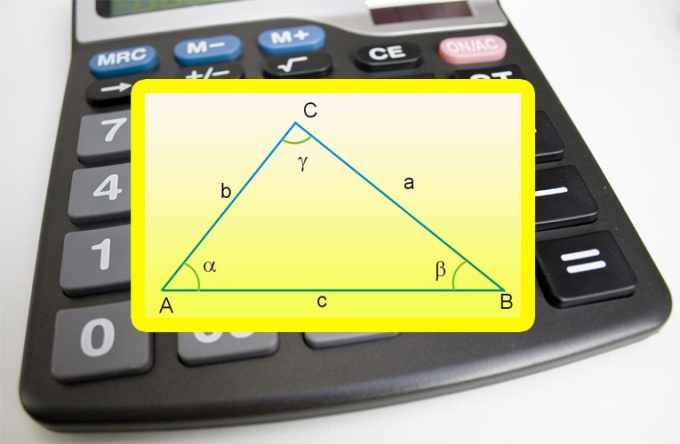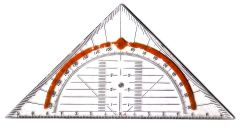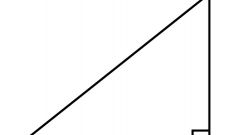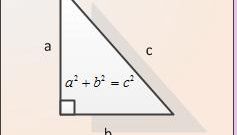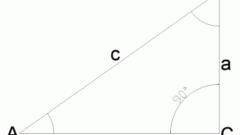Instruction
1
The Pythagorean theorem use to find the length of the hypotenuse (C) of a triangle with known values of both legs (a and b). You need to put their sizes in square and folded, and the result extract the square root: c = √(a2+b2).
2
If the sizes of both of the other two sides (a and b) in terms of the given height (h), descended on the hypotenuse (c), the need for the calculation of degrees and roots will disappear. Multiply the length of the shortest sides and divide the result by the height: c = a*b/h.
3
At known values of the angles at the vertices of a right triangle adjacent to the hypotenuse and length of one of the other two sides (a), use the definitions of trigonometric functions - sine and cosine. Choosing one of them depends on the mutual arrangement of the known side and is involved in the calculation of the angle. If the leg is opposite the angle (α), so from the definition of the sine is the length of the hypotenuse (c) must be equal to the product of the length of this leg to the sine of the opposite angle: c = a*sin(α). If involved angle (β), which is adjacent to the known side, use the definition of cosine multiply the length of the side adjacent to the cosine of the angle: c = a*cos(β).
4
Knowledge of the radius (R) circumscribed about the right triangle circumference makes the calculation of the length of the hypotenuse (c) is a very simple task - just increase this value twice: c = 2*R.
5
The median, by definition, bisects the side to which it is omitted. As follows from the previous step, half of the hypotenuse is equal to the radius of the circumscribed circle. Since the vertex on the hypotenuse may be omitted median, also have to lie on the circumscribed circle, the length of this cut equal to the radius. So, if the length of the median (f) omitted from the right angle, is known, to calculate the size of the hypotenuse (c) you can use a formula similar to the previous one: c = 2*f.
